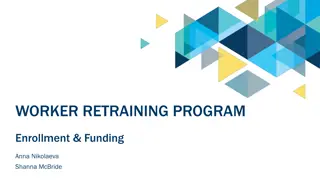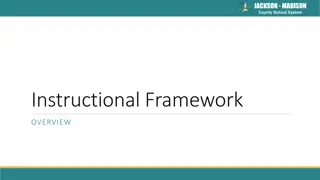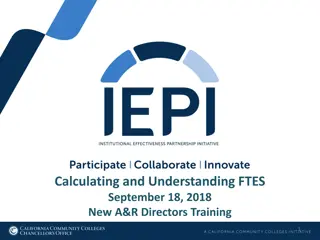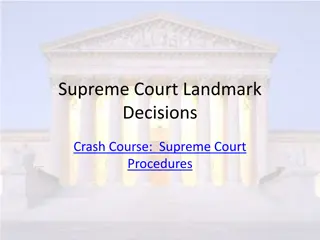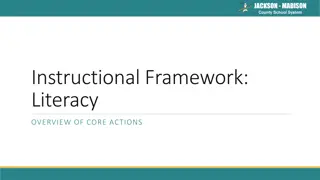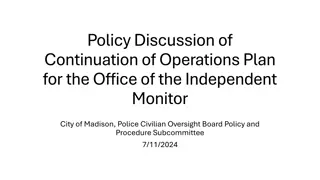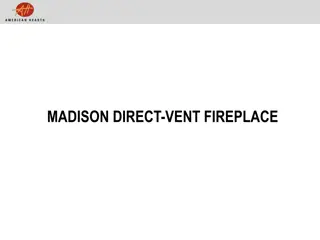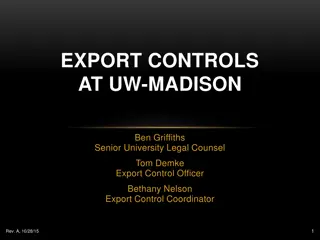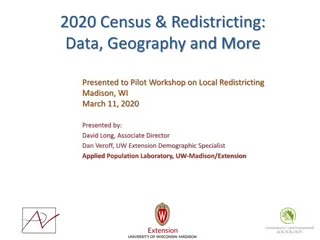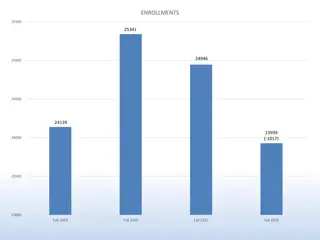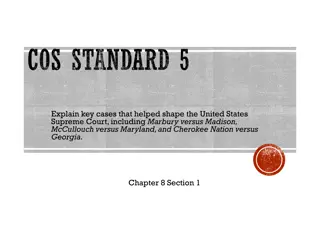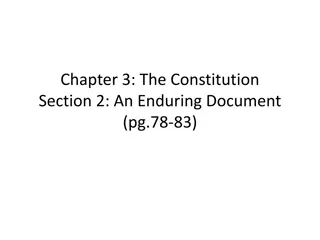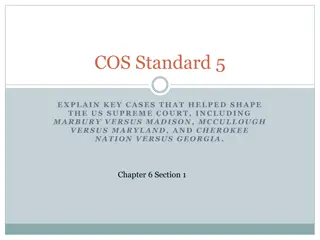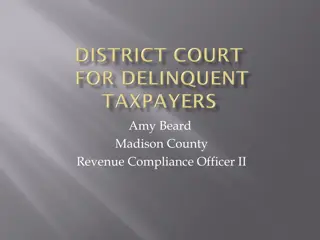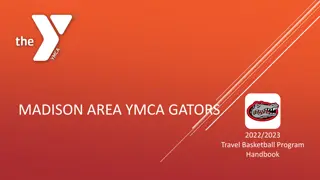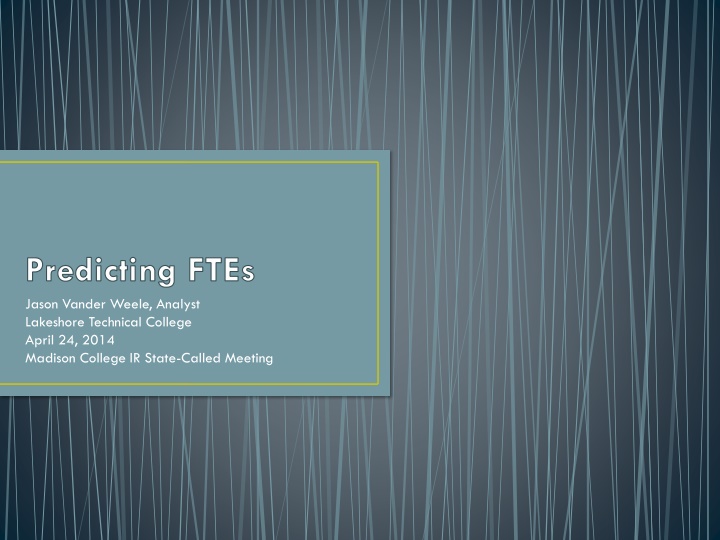
FTEs: Predictive Modeling for Enrollment Management
Explore the process of predicting Full-Time Equivalents (FTEs) in education institutions, discussing challenges, opportunities, goals, beliefs, and factors affecting FTEs. Discover the variables and measurements necessary for accurate predictions.
Download Presentation

Please find below an Image/Link to download the presentation.
The content on the website is provided AS IS for your information and personal use only. It may not be sold, licensed, or shared on other websites without obtaining consent from the author. If you encounter any issues during the download, it is possible that the publisher has removed the file from their server.
You are allowed to download the files provided on this website for personal or commercial use, subject to the condition that they are used lawfully. All files are the property of their respective owners.
The content on the website is provided AS IS for your information and personal use only. It may not be sold, licensed, or shared on other websites without obtaining consent from the author.
E N D
Presentation Transcript
Predicting FTEs Jason Vander Weele, Analyst Lakeshore Technical College April 24, 2014 Madison College IR State-Called Meeting
Define What are we talking about? Why are we modeling?
Define: The Challenge Budgeting for FTEs has been difficult Process historically involves: College goals Multiple meetings, reports, discussions
Define: The Opportunity LTC Research and Planning asked to figure out a way A real need to take goals out of the equation, to get closer to expected outcomes Want a baseline BUDGETARY FTE value
Define: The Goal Develop model to predict FTEs Ability to refresh model as data becomes available Predict 15 months out (Predict in February for end of next school year)
Define: Beliefs You can t predict enrollment Every day predictions are made the weather, credit risk, ball games We should only use predictors we can control If controllable variables are the best predictors, then why not > 20,000 FTEs per college? People will stop trying if we put out a prediction The predictions rely on people giving the same efforts they ve always given
Define: What are FTEs, anyway? At a basic level, FTEs are a function of the people in a district who attend classes at our school People in a district who are they? Depends on the population Depends on demographics Who attend classes at our school what factors affect this? Depends on personal life (employment, kids, attitudes, beliefs) Depends on demographic (education, age, gender)
Measure What are things we can measure to help us understand FTEs?
Measure: Some Variables Identify data that we can use that may or may not be a good predictor of FTE Gather population data (age, gender, ethnicity) Gather high school graduation numbers Gather unemployment data
Analyze: The Steps 1) Collect data 2) Run Multiple Linear Regression with all variables 3) Identify variables with highest importance to fit line 4) Check validity 5) Conduct simulation 6) Perform sensitivity analysis
Analyze: Step 1 Collect Data Plus, FTE Final Values
Analyze: Multiple Linear Regression Contd 2012-13 FTEs = -326.959 + 131.104 X UnemploymentRateManitowoc + 0.291 X PopulationManitowoc15to19YearOlds
Analyze: What do we get?!? 2012-13 FTEs = -326.959 + 131.104 X UnemploymentRateManitowoc +0.291 X PopulationManitowoc15to19YearOlds
Analyze: How Precise are We? Trend is described by Bias = -20 or Ave Bias = -2.2 The trend is negative, meaning over the observed period of 9 years, the model was 20 FTEs higher than actual Variation is described by the Mean Absolute Deviation (MAD) = 11.33 (an approximation of sigma) Therefore, there is a 98% probability that the next actual value will fall within 3*MAD = +/-34
Analyze: How Precise are We? Thus, considering the bias and the MAD we can state that the model will predict FTEs within the range of -31.8 to 36.2 with a probability of 98% Therefore, we should expect to observe an error range of -1.44 to 1.64% for any actual value when compared to the model. Over the period analyzed the actual error rate range was -1.24 to 0.40%
Analyze: Is That Good? (PRELIMINARY) In September/October 2013: Assuming Week 47 Result College Prediction Model Actual (Week 47) 2015 2015 Budget Projection (Set Sept. 2013) 2186 2059 College Goal 2300 Not Set by Model Actual Budget Over by 171 FTEs Over by 44 FTEs Actual % Error 8.49% 2.18% Expected % Error (from model) 1.64% 1.64% Actual Error Expected Error -6.85% -0.54% Dollar Value Difference between College Projection and Model Prediction Assuming: 1 FTE = 30 credits X $122.20 = 171 44 = 127 FTEs = $465,582 = financial impact known in advance
Analyze: Variation of Predictors What about variation of the predictors???
Improve: Overview for Future This is our baseline Begin the forecasting process Leads into the budgeting process
Improve: Get Better Training data Testing data Bigger sample Expand look at other variables Deeper understanding, analysis, and interpretation
Control: Process Consistency Automate the analysis on demand? Look backwards and forwards to validate change over time Focus on BIAS and MAD as a check
Thank you! LTC would be happy to share more details about the model as requested.




